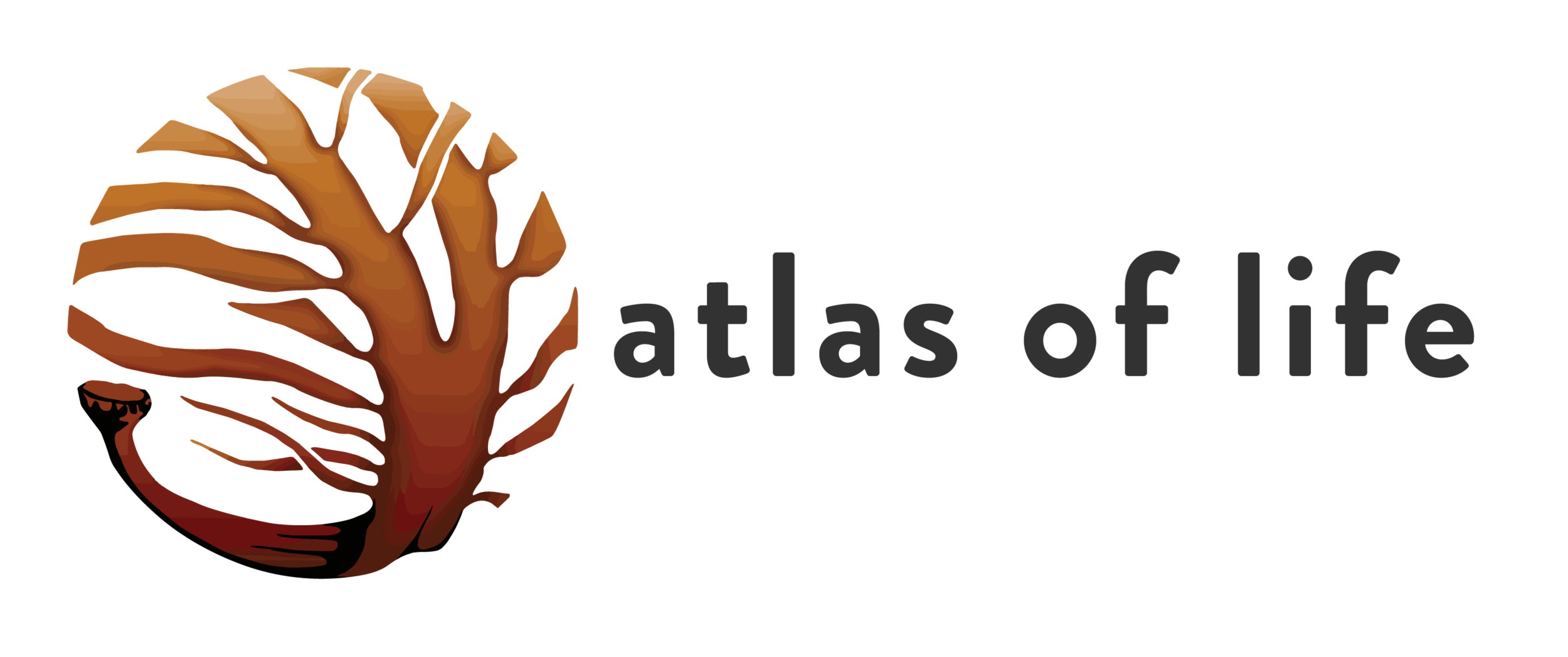The first Atlas of Life biodiversity search, the 2012 Bermagui Bioblitz was a tremendous success on the 30 & 31st March.
To see pictures of the event and some of the wildlife that was discovered over the weekend please visit the Bioblitz Gallery.
60 school students from 5 regional schools helped to identify animals and plants from beach, estuary and wetlands.
Over the 30 hours of the survey more than nearly 300 people were engaged on 42 different surveys of all the living things that could be found from clifftop plants, to nocturnal marsupials and frogs, shell death assemblages and night time scuba and snorkel searches and many more. Local and visiting naturalists and scientists led the surveys and generously shared their expertise with the many local and visiting enthusiasts who were keen to explore this small location with many different habitats.
“ This was a new kind of event for the region, where scientists, naturalists and community enthusiasts work together to explore, learn and record what they find to build a bank of knowledge about our place. The Bioblitz is a snapshot of life here and now.’ Libby Hepburn, the event co-ordinator, said.
Teresa Van Der Heul, a visiting fungi expert, recorded a Stalked Puffball (Tulostoma sp.) which she has yet to identify to species. Stalked Puffballs are common in arid environments but this one seemed at home in the local coastal environment. Distribution of Australian fungi are poorly understood so records like this one increase our understanding of fungal ecology.
Many volunteers helped to make the event a success, from the Operations Team who put up the Marquees, organised First Aid and splendid catering for the AtlaNats in the field, to event volunteers who worked to organise the Bioblitz and make sure people knew where to go and when. Many local experts gave their time and expertise and scientists from the Australian Museum and Canberra - CSIRO and Waterwatch joined the search for species. Bournda Environmental Education Centre provided teachers for the school program and the Australian Museum brought 6 “Museum in a Box” boxes packed with specimens and identification aids and interesting information about what might be found.
Our Survey Leaders were efficient and interesting by everyone's reports, and they had a good time too. Stuart Cameron a local expert who led several plant surveys said, “I wish I had signed up to go on other surveys, as there was so much of interest to see and learn.”
There was an energy and enthusiasm around the event that demonstrates how much people enjoy exploring the wonderful environment around us here. Getting so many people together to work on what interests them made the Bioblitz fun to be a part of. The value and interest of what was recorded over the 30 hours was shared at the Bermagui Bioblitz Exhibition on May 17th at Auswide Merimbula and later in Bermagui.
All the Bermagui Bioblitz records can be seen by visiting the "Log Sightings" page and looking at our Records.
Printable pdf timetable for Friday: Bioblitz-timetable-Friday
Printable pdf timetable for Saturday: Bioblitz-timetable-Saturday
The 10 year “Atlas of Life in the Coastal Wilderness” project, aims to record as much as we can of the rich biodiversity we have in our region. The bioblitz gave us a lot of information for this locality in a short space of time. It also helped us refine the different survey methods for different types of creatures and helped us train interested community members so that they can add more sightings at other places and times.
We demonstrated how to identify species and log sightings into our Atlas of Life in the Coastal Wilderness databases, which in turn contribute to the national “Atlas of Living Australia" project.
The Bioblitz also gave our schools and community the opportunity to participate in genuine scientific surveys.
Key partners who contributed greatly to the success of the project are: Auswide Projects, Atlas of Living Australia, Australian Museum, CSIRO Discovery, NSW National Parks and Wildlife Service, Bournda Environmental Education Centre, Bega Valley Shire Council, Southern Rivers CMA.
The success of the Bioblitz was dependent on the energy and dedication of all our Volunteers and our friends in local naturalist groups, Sapphire Coast Marine Society, Nature Coast Marine Group and several Far South Coast Bird Watchers. We hope they will continue to use the Atlas database to record all their new sightings and help build a rich and valuable record of our place.

